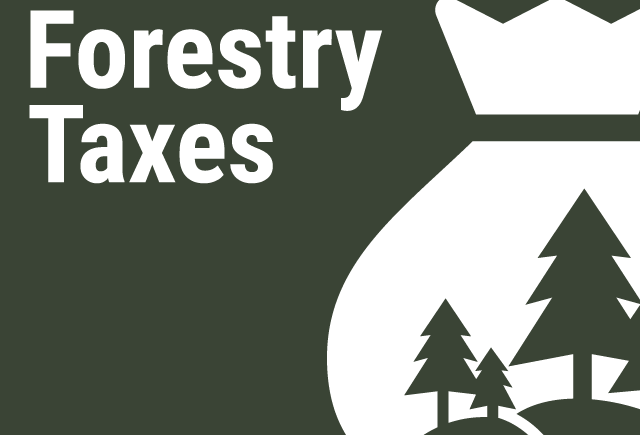Tax valuations for woodlands enrolled in Chapter 61 or 61A will decline for woodlands west of the Connecticut River, and rise slightly for woodlands east of the river for the tax year that begins on July 1st.
The Farmland Valuation Advisory Commission voted new valuations in March for the fiscal year 2023 which begins July 1st.
The average valuation for woodlands west of the Connecticut River will drop from $116/acre to $108/acre, a reduction of 6.9%, while the average value for woodlands east of the river will rise slightly from $119/acre to $120/acre, an increase of under 1 percent..
For years, average values for woodlands west of the river were higher than east of the river – last year valuations for eastern values climbed above those to the west, the result of higher stumpage prices paid on timber in central and eastern Massachusetts, likely reflecting the strong demand for white pine during the pandemic.
West of the river, below average woodlands would be valued at $86/acre while above average woodlands would be valued at $130/acre.
East of the river, below average woodlands would be valued at $96/acre, while above average woodlands would be valued at $144/acre.
Valuations for land in Christmas tree plantations will drop from $116/acre to $114/acre, while non productive land such as wetlands or rocky land would be valued at $57/acre.
Under the formula, a 50 acre average woodland west of the river would be valued at $5,400 for tax purposes, and in a community with a $15/$1,000 valuation tax rate, would be assessed $81 in annual taxes under Chapter 61, a cut of $6 from the current year..
A 50 acre average woodland east of the river would be valued at $6,000 for tax purposes, and at a $15 tax rate, would be assessed $90 in annual taxes, a rise of $0.75 from the current year..
Values for Chapter 61 & 61A forest land are set using a formula MFA developed with assessors, the Department of Conservation & Recreation and Massachusetts Farm Bureau. The formula is based on average stumpage price values, discounted to reflect that not all woodland growth can be harvested due to site and environmental considerations.
For a copy of the new valuations, see https://www.mass.gov/doc/chapter-land-61-61a-values-recommendation-1/download
